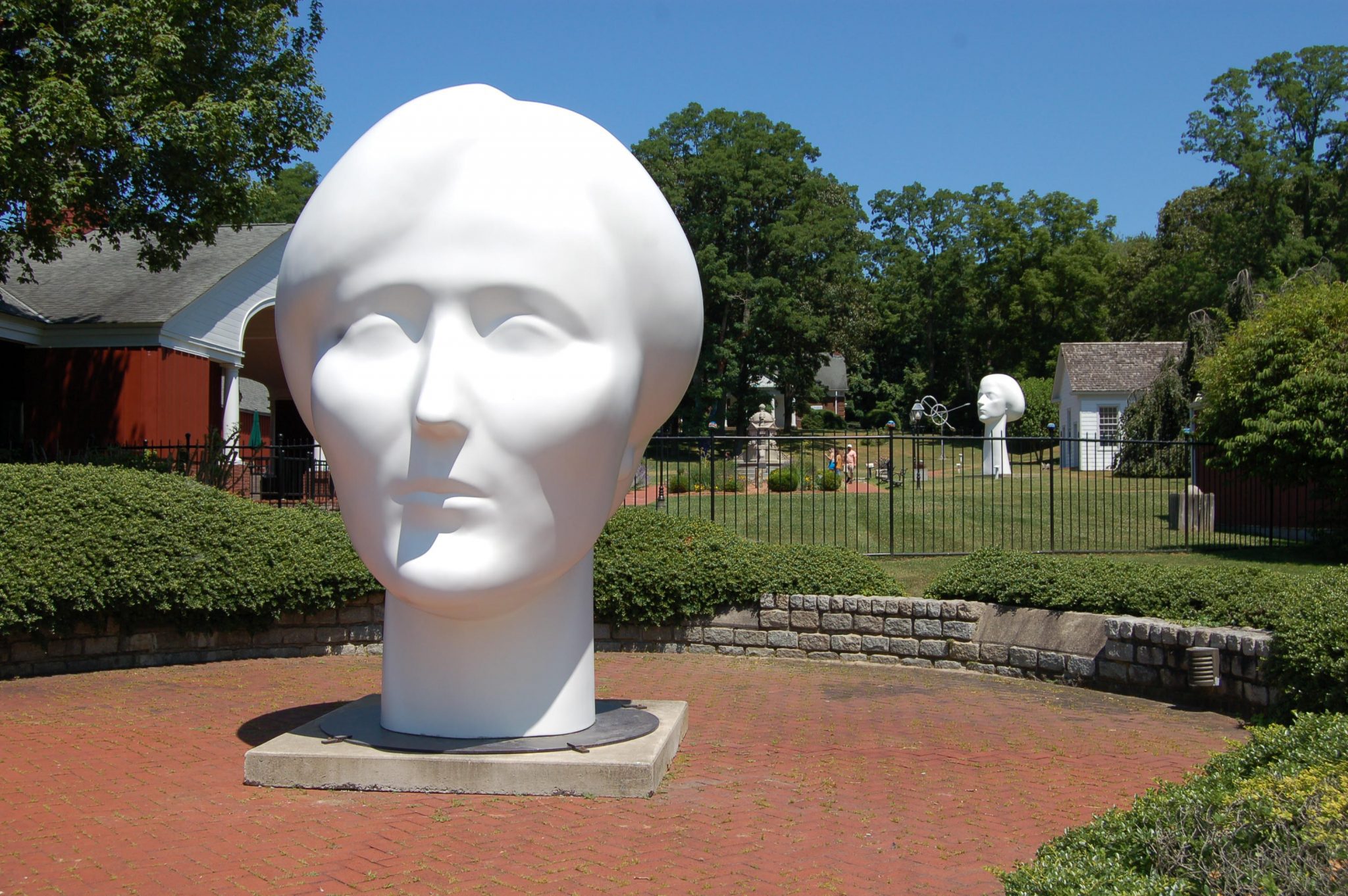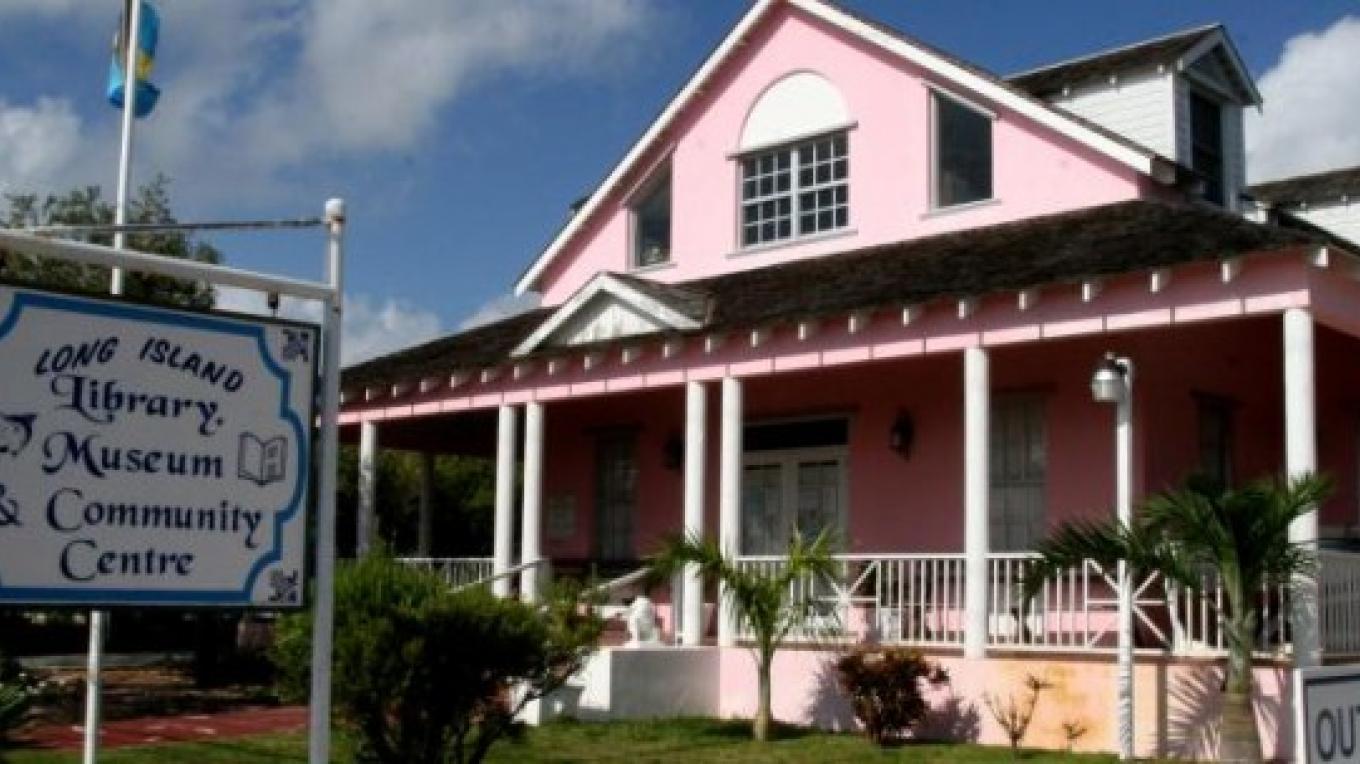Strategy Your Day: The Long Island Museum Hours and Arrange
Strategy Your Day: The Long Island Museum Hours and Arrange
Blog Article
Discover the Rich Background of Long Island at This Captivating Gallery
As visitors traverse with displays describing the Industrial Revolution's influence and Long Island's maritime tradition, a much deeper understanding of the area's advancement begins to arise. Keep tuned as we discover Long Island's modern-day period, dropping light on how the past proceeds to reverberate in the present.
Native American Impacts on Long Island
The Native American influences on Long Island have played a significant duty fit the region's cultural heritage and historic growth. Lengthy prior to European settlers got here, the land currently called Long Island was occupied by various Native American people, including the Massapequas, Montauketts, and Shinnecocks. These people lived off the land, fishing in the abundant waters surrounding the island and cultivating the abundant soil for farming.
The Native Americans on Long Island had a rich spiritual and social tradition, noticeable in their detailed artwork, standard dances, and dental storytelling. Their deep connection to the land is shown for lots of communities and spots on Long Island, which stemmed from the languages of these indigenous individuals.

Colonial Heritage and Very Early Settlements
With the arrival of European inhabitants, Long Island's landscape began to undertake substantial improvements as colonial heritage and early negotiations settled in the area. The Dutch were amongst the very first Europeans to establish a visibility on Long Island, with negotiations such as New Amsterdam (contemporary New York City) playing a critical duty in the island's colonial history. Later, the English acquired control of the region, forming the social and architectural landscape via the establishment of towns and communities.
Among one of the most noteworthy early negotiations on Long Island was Southampton, established in 1640 by English Puritans looking for religious freedom. This marked the start of arranged European negotiation on the island, leading the way for more expansion and development. With time, even more towns and towns arised, each with its very own special personality and contribution to Long Island's colonial heritage.
As these very early settlements expanded, they created the foundation for the diverse communities that feed on Long Island today. The colonial heritage of the region proceeds to be commemorated and preserved, using site visitors a peek into the past and a recognition for the abundant history that formed Long Island into what it is today.
Industrial Transformation and Maritime History
During a duration of extensive transformation and technical improvement, Long Island's commercial revolution intertwined with its naval history, shaping the area's economic landscape in unmatched ways. The Industrial Revolution, which began in the late 18th century, brought significant modifications to Long Island's economic climate. Industries such as shipbuilding, whaling, and angling flourished along the island's coasts, taking advantage of its critical place and abundant natural deposits. The building of canals and railroads further enhanced Long Island's commercial development, promoting the transport of products to markets throughout the country.
Maritime trade played an important function during this age, attaching Long Island to major ports in the United States and past. The island came to be a center for trade, welcoming merchant vessels and fostering a lively shipping industry. Long Island's closeness to New york city City likewise contributed to its financial prosperity, as products might quickly be delivered between the two areas. Today, remnants of Long Island's industrial and maritime past can be explored at museums and historical sites, providing a look into the area's rich background.
Long Island in the Modern Era
Long Island's advancement in the modern-day period mirrors a combination of custom and innovation, forming its modern identification. As one of the most largely inhabited areas in the United States, Long Island has ended up being a hub for varied industries, ranging from technology and medical care to finance and tourist (The Long Island Museum activities). The island's distance to New york city City has played a considerable duty in its development, with several commuters picking to reside in its country areas
In current years, Long Island has witnessed a rise in lasting initiatives targeted at maintaining its natural elegance and combating climate adjustment. The conservation of its coastal areas, such as the Fire Island National Seaside, highlights the island's commitment to ecological conservation. Furthermore, Long Island's social scene has actually thrived, with art galleries, songs places, and cinemas adding to its dynamic social landscape.
Furthermore, the modern age has actually seen Long Island accept variety and addition, with a growing population of immigrants adding to its rich tapestry of societies. Overall, Long Island proceeds to evolve, stabilizing its abundant history with modern progress to form a resistant and dynamic neighborhood.
Upcoming events and special exhibitions
Reflecting Long Island's dynamic cultural landscape and commitment to development, the museum is currently hosting a series of special exhibitions and eagerly anticipates upcoming occasions. Among the unique events presently on screen is "Long look at this now Island With the Ages," which traces the island's rich history from its early indigenous inhabitants to today day. This exhibit showcases artefacts, records, and multimedia presentations that offer an extensive consider the varied heritage of Long Island.
Along with the continuous special exhibitions, the gallery is preparing for an exciting schedule of upcoming occasions. Visitors can anticipate a lecture collection including popular historians and neighborhood professionals discussing numerous elements of Long Island's history. There will certainly likewise be hands-on workshops where attendees can find out standard crafts and skills that have actually been passed down via generations on the island.
These special exhibitions and upcoming occasions not only improve the museum experience yet likewise offer as a testimony to Long Island's vibrant cultural tapestry and the museum's devotion to maintaining and sharing its heritage with the area. The Long Island Museum entrance fee.
Final Thought
In conclusion, the gallery offers a detailed check out the rich background of Long Island, from Native American impacts to early american heritage, industrial transformation, and modern age growths. With special exhibits and upcoming occasions, visitors can delve much deeper right into the diverse cultural and historic facets of the region. Whether you're a history lover or merely curious regarding Long Island's past, this gallery provides a fascinating experience for all.
Lengthy prior to European settlers arrived, the land currently recognized as Long Island was inhabited by different Indigenous American people, consisting of the Massapequas, Montauketts, and Shinnecocks. The Dutch were among the first Europeans to establish a visibility on Long Island, with settlements such as New Amsterdam (present-day New York City) playing a crucial role in the island's colonial history. Today, remnants of Long Island's maritime and industrial past can be explored at museums and historical sites, using a glance right into the area's abundant background.

Please visit one of our local supporters - The Modern Medicare Agency In Stony Brook
Report this page